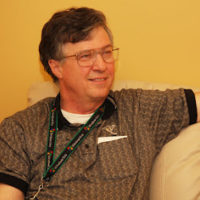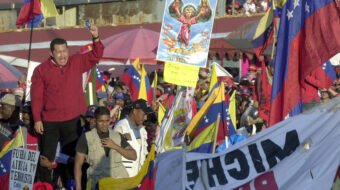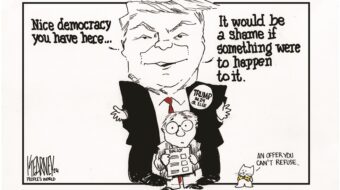
This is our hope. This is the faith that I go back to the South with. With this faith we will be able to hew out of the mountain of despair a stone of hope. With this faith we will be able to transform the jangling discords of our nation into a beautiful symphony of brotherhood. With this faith we will be able to work together, to pray together, to struggle together, to go to jail together, to stand up for freedom together, knowing that we will be free one day.
Dr Martin Luther King, August 28. 1963, Washington, D.C.
Across from the Lincoln Memorial where Dr. King gave his famous “I Have a Dream“ speech in the sweltering summer of 1963, his 30-foot tall likeness emerges peacefully from a deformed and cracked boulder – the mountain of despair. All visitors must pass through the boulder, as Dr. King passed in his struggle, to the imposing and uplifting sculpture, to the monument to human freedom he became.
The idea of a memorial to Dr. King was first proposed 27 years ago. His monument is the first on the National Mall not dedicated to a president. But he holds his own – as he did in life – with the memorials of George Washington, Thomas Jefferson, Franklin Delano Roosevelt and Abraham Lincoln. In solemnity the new monument surpasses all but Lincoln’s – in hope, it surpasses all.
The “Inscription Wall” surrounding the sculpture contains notable excerpts from fourteen of Dr. King’s most well known quotes. They are engraved on a 450-foot crescent shaped granite wall. The quotes span the career of Dr. King, the earliest taken from his rise during the Montgomery Bus Boycotts in Alabama, 1955. The latest quote was taken from his last sermon delivered in Washington, D.C., at the National Cathedral in 1968, four days before his assassination.
The quotes reprise his role as, and his aspiration to be “…a drum major for justice… for peace…for righteousness”.
A visitor interviewed by CBS said:
This is just what the nation needs now… I think it really does help us to come closer to the best that we can be. And at the moment it feels that we are so distant from the best that we can be as a nation.
The memorial opened to the public Aug. 22. The official unveiling will be this coming Sunday, a ceremony in which President Obama, the nation’s first African-American president, will participate.
Yoshino cherry blossom trees have thrived since 1912 – a gift from Japan as a sign of peace and unity. For only two weeks each spring, their tiny blossoms surround the Basin in a cloud of delicate pink and white. Their blossoming coincides with the anniversary of Dr. King’s assassination – a counterpoint of spring, hope, rebirth and renewal.
Water from the adjacent Tidal Basin is used at the memorial as an element that appears only on either side of the main entry, not even visible until one has entered the memorial plaza. It is the sound of water “rolling down like justice” that will draw a visitor’s attention, at once welcoming and yet daring the visitor to follow.
The opening of the memorial comes at a fitting time – at a time of wrenching social upheaval brought on by a terrible economic crisis. Dr. King was the best bottom-up organizer of his lifetime. He found power within the people to make the system of Jim Crow segregation unworkable and unsustainable, and in doing so shined the light on paths open to all who aspire to higher common ground.
The spiritual power of Dr. King’s message was inseparable from – and indispensable to – its economic power (the power to boycott). The belief that we can be a better people, that there can be a more perfect union, that there can be a more just and peaceful society. That message resonates universally from Dr. King’s words and deeds.
As does this: The emancipation of the people from oppression must be the act of the people themselves. You will be given opportunities to participate, to assume responsibility, and to make sacrifices, in the struggle for freedom. They are opportunities all should consider taking.
Photo: Martin Luther King, Jr. is a hero world wide. U.S. Embassy in New Delhi // CC 2.0












Comments